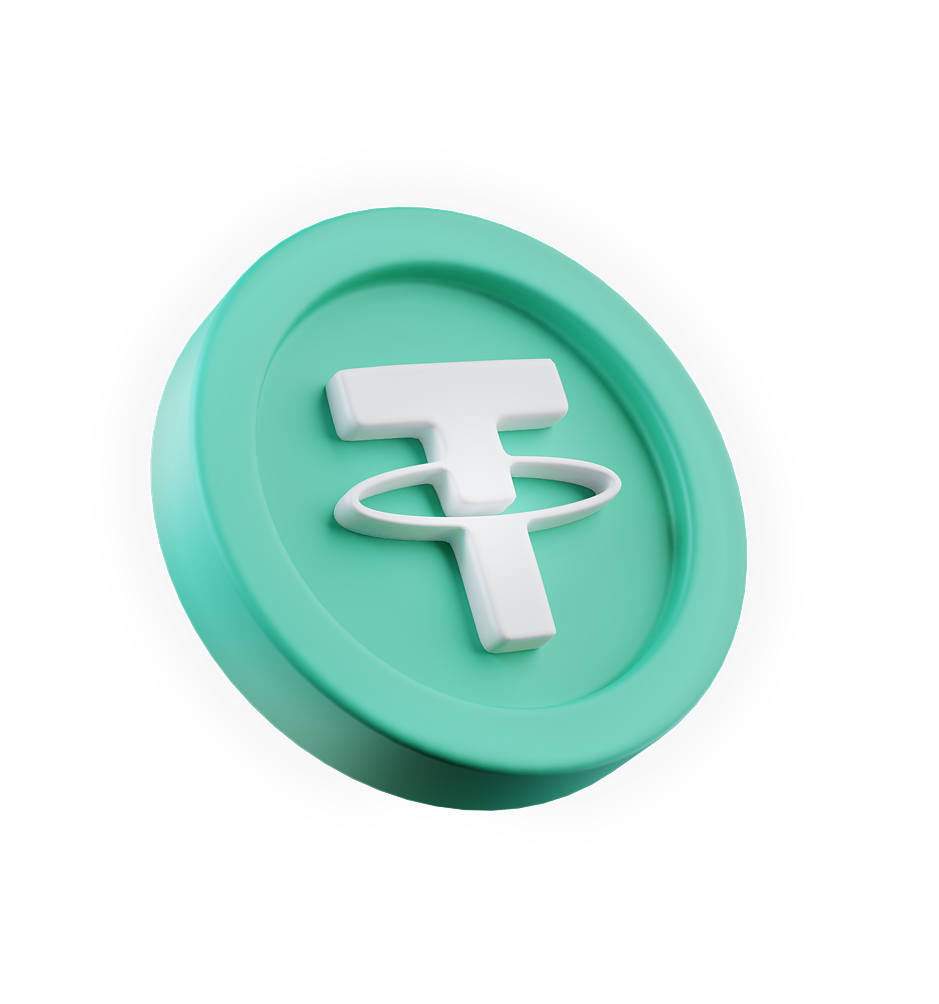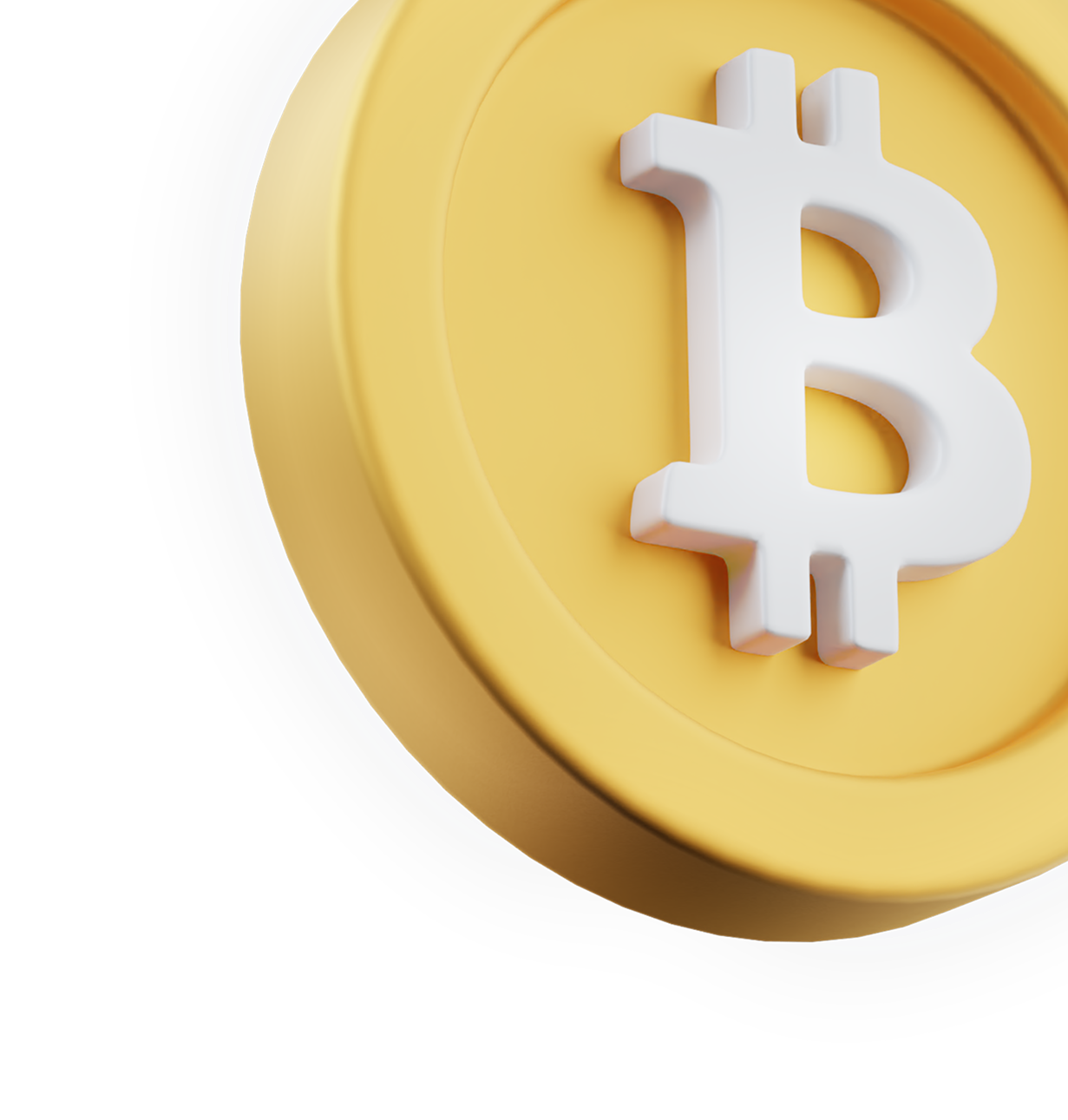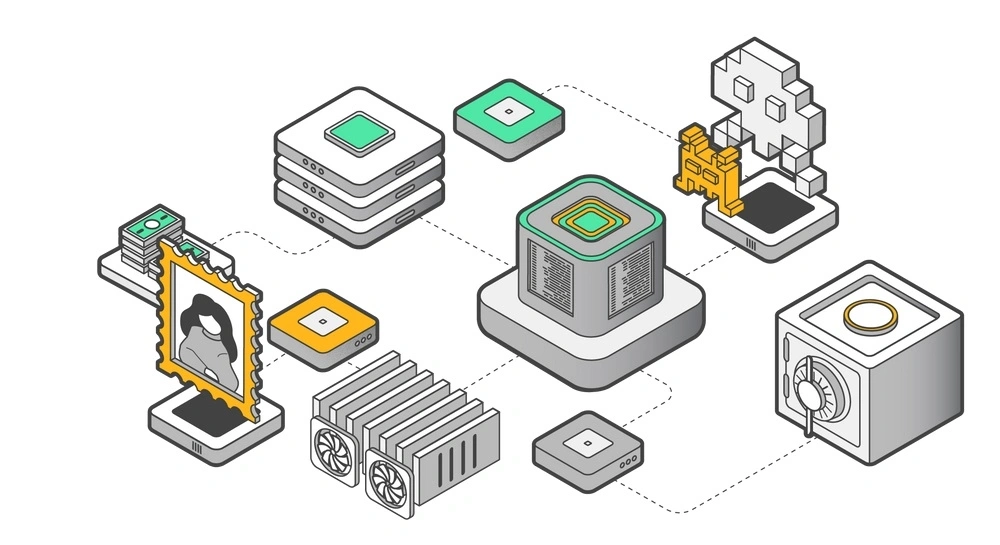Selling crypto can be as easy or difficult as you make it, depending on the method of sale you choose. With the rise of digital assets, more people are investing in cryptocurrencies like Bitcoin and Ethereum. But, as with any investment, there comes a time when you may want to sell. The question is, when is the best time to sell, and how do you go about it?
The crypto market is highly volatile, making it essential for investors to stay up-to-date and make prudent decisions when it comes to selling their digital assets. Whether you're an experienced crypto trader or new to the market, this guide will provide you with the necessary knowledge and tools to make sound decisions when selling your cryptocurrency.
By the end of this post, you will know if it’s time to sell your crypto and, if it is, where and how to do it.
How to Sell Cryptocurrency - 7 Different Ways
There are several ways to sell cryptocurrency, each with its own pros and cons. Some are incredibly accessible and provide a level of ease appealing to beginners, while others are more complicated yet highly secure.
Centralized Exchanges
Centralized exchanges are platforms that facilitate cryptocurrency transactions, and are designed to make both buying and selling crypto as easy as possible. They are centralized because they are facilitated by a central authority that retains control.
Creating an account on a centralized exchange is relatively easy, and it is straightforward to sell your crypto in return for fiat money (e.g. USD, EUR, etc.). However, there are some downsides to using centralized exchanges. One of the main cons is the platform can stop you from withdrawing your funds, and you have no control over it.
Coins typically accepted: Bitcoin, Ethereum, Binance Coin, Tether, Cardano, Polkadot, XRP, Litecoin, Chainlink, Bitcoin Cash, and many others. The variety is often extensive, depending on the specific platform.
Coins typically not accepted: Certain smaller, less-known cryptocurrencies might not be listed on some centralized exchanges due to a lack of demand or other regulatory concerns.
Decentralized Exchanges
Decentralized exchanges (DEXs) offer more protection to sellers than centralized exchanges, as there’s no middleman. The fees can also be lower on DEXs. However, it can be difficult to match buyers and sellers on a DEX, meaning completing transactions can take more time. Additionally, DEXs don’t offer the ability to withdraw as fiat money—you have to swap for another crypto.
Coins typically accepted: Many Ethereum-based tokens (ERC-20) and tokens on other smart contract platforms, depending on the DEX. These include Uniswap, Aave, Compound, Yearn, finance, and others.
Coins typically not accepted: Non-smart contract-based cryptocurrencies and those not supported by the DEX.
Bitcoin ATM
A Bitcoin ATM is a physical machine that allows you to buy and sell Bitcoin for cash. The process is relatively easy: You insert cash, and the machine sends the corresponding amount of Bitcoin to your digital wallet. The main advantage of using a Bitcoin ATM is the anonymity and privacy it offers. Still, the fees can be high, and it may limit how much you can buy or sell.
Bitcoin ATM accessibility is growing across many urban areas worldwide. In the United States, you’ll find thousands of Bitcoin ATMs across many states. Major cities like New York, Los Angeles, and Chicago have a high concentration of these machines, as do other places like Atlanta, Miami, Houston, and Dallas. However, individuals outside of heavily-populated areas may struggle to find Bitcoin ATMs that are easily accessible.
Outside of the United States, Bitcoin ATMs are also available in many large cities in countries like Canada, the United Kingdom, and Austria.
That said, the distribution of Bitcoin ATMs is not evenly spread globally. To find out if there is a Bitcoin ATM near you, use this handy map by CoinRadar.
Coins typically accepted: Bitcoin is the standard for all ATMs, but some machines might accept cryptocurrencies like Ethereum, Litecoin, and Bitcoin Cash.
Coins typically not accepted: The majority of smaller cryptocurrencies are generally not supported by Bitcoin ATMs.
Crypto Cards
Some crypto debit and credit cards provide a feature enabling you to make everyday purchases using your cryptocurrency by swapping your crypto for the currency that the retailer accepts. This can be a convenient way to use your crypto without having to sell it. However, the fees for using these cards can be high, and the selection of retailers that accept them is limited.
Coins typically accepted: Most cards are tied to specific platforms or exchanges, so they accept the major cryptocurrencies supported by those platforms, such as Bitcoin, Ethereum, Binance Coin, and others.
Coins typically not accepted: Smaller cryptocurrencies may not be supported, depending on the specific card issuer or the platform it's tied to.
Over-The-Counter (OTC) Trading
This involves selling your crypto directly to another person or institution. OTC trading can be done through a broker or through a peer-to-peer platform.
Coins typically accepted: OTC platforms generally allow for the trading of most major cryptocurrencies, including Bitcoin, Ethereum, Bitcoin Cash, and others.
Coins typically not accepted: Some smaller, less liquid cryptocurrencies may not be available for OTC trading due to a lack of demand.
Mining Pools
If you are a miner, you can sell the cryptocurrency mined directly to a buyer or an exchange. However, mining pools are far from being the easiest way to sell crypto and may be better suited for individuals more familiar with the underlying technology.
Coins typically accepted: Specific cryptocurrencies mined within that pool, such as Bitcoin, Ethereum, Litecoin, and others.
Coins typically not accepted: Cryptocurrencies that aren't mined or supported by the specific pool.
Margin Trading
This is the practice of borrowing money to trade crypto assets. It's a more advanced way of selling crypto and is only suitable for more experienced traders.
Coins typically accepted: Most major cryptocurrencies, including Bitcoin, Ethereum, Binance Coin, and others.
Coins typically not accepted: Smaller, less liquid cryptocurrencies that present a higher risk for leveraged trading due to potential liquidity issues.
The Easiest Way to Sell Crypto
How easy is it to sell crypto? Well, it depends on the method chosen and how crypto and tech-savvy an individual is. Overall, some ways are more convenient than others, but here's a ranking for beginners:
1. Centralized Exchanges
2. Crypto Cards
3. Bitcoin ATMs
4. Decentralized Exchanges (DEXs)
5. Over-The-Counter (OTC) Trading
6. Mining Pools
7. Margin Trading
Remember, each method has its own advantages and potential drawbacks. The easiest option often depends on individual needs and preferences.
When Is the Best Time to Sell Cryptocurrency?
When everyone is saying to HODL (hold on for dear life), you need to consider your circumstances and decide if selling is the best thing for you to do. You should weigh a few key factors when deciding when to sell your crypto.
Turn a Profit
The primary reason for investing in crypto is to make a profit. If you've seen the value of your investments increase significantly, it may be a good idea to take some profits off the table.
Cut Your Losses
On the other hand, if the value of your investments has decreased significantly, it may be time to cut your losses and sell.
Sell to Buy a Different Digital Asset
Another reason to sell is to reallocate your funds into a different digital asset. You may have done your research and found another crypto that you believe has more growth potential.
Important Differences Between Selling Crypto and Withdrawing Your Money
Understanding the intricacies of cryptocurrency transactions is crucial. Selling and withdrawing your funds are two separate actions and should not be treated as interchangeable.
Selling vs. Withdrawing Crypto
When we talk about selling crypto, we're referring to the process of exchanging your cryptocurrency for another asset. This could be another type of cryptocurrency or a fiat currency, such as USD or EUR. Usually, this selling process is carried out on a crypto exchange platform.
On the other hand, withdrawing refers to the act of moving your assets, be it crypto or fiat, from your exchange account to another location. This could be your private wallet or a traditional bank account.
Tax Implications
One crucial element to think about is, in many jurisdictions, selling your cryptocurrency is considered a taxable event. This means you could be liable for capital gains tax on any profit that results from the sale. As tax obligations can vary widely, it's always recommended to consult with a tax professional when selling crypto.
Additional Tips for Selling or Cashing Out Crypto
While selling or cashing out your crypto may seem fairly easy, it involves more than just a click of a button. Here are some considerations and tips to guide you through a successful transaction.
Understand Short-Term vs. Long-Term Gains
The length of time you've held a cryptocurrency can significantly impact your tax obligations when you sell. Investments held for over a year are often classified as long-term capital gains and might be subject to lower tax rates. Conversely, profits from assets held for less than a year, known as short-term gains, could be taxed at a higher rate.
Vet Your Crypto Exchange
Before you commit to using any particular platform or method of sale, it's crucial that you carry out thorough research. Factors to examine include the security measures in place, user reviews, transaction fees, the platform's overall reputation, and its insurance and cold storage policies.
Utilize Stop Losses
In the often volatile world of cryptocurrency, prices can drop unexpectedly. To protect yourself from significant price declines, it's advisable to set a stop loss. A stop loss is a predetermined selling point that is set to minimize potential losses. This tool can provide a safety net and mitigate possible losses in the unpredictable crypto market.
By approaching the selling process with a comprehensive understanding and solid strategy, you can navigate the cryptocurrency landscape with confidence and ease.
Consider Transaction Speeds and Slippage
Cryptocurrencies differ in how quickly transactions are processed and finalized. Slow transaction speeds could lead to slippage, where the price at which your transaction is executed differs from when you initiated the sell order due to market fluctuations.
Understanding the potential for slippage and factoring it into your selling strategy can help ensure you sell your crypto at your desired price.
Should I Sell My Cryptocurrency?
Selling your crypto is ultimately a personal decision that depends on your individual circumstances and financial goals. It's important to evaluate factors such as your current financial situation, your timescales, and the performance of your crypto assets.
If you need cash for an emergency or unexpected expense, it may be wise to sell some or all of your crypto. On the other hand, if you have invested an amount you can afford to lose and believe in the long-term potential of your crypto assets, it may be more beneficial to hold onto them.
In any case, it's crucial to stay informed about the crypto market and make educated decisions that align with your overall goals.
In Summary: How Easy Is It to Sell Crypto?
So, is it easy to sell crypto? Honestly, it can be as easy or as difficult as you make it.
You can sell your cryptocurrency in multiple ways, so be sure to consider your personal circumstances when deciding the best time to sell. Overall, the most important thing is that you make an educated decision that you feel comfortable with and that your financial situation allows for.
In the meantime, to keep your cryptocurrency secure, check out our range of digital wallets that provide retail investors with institutional-grade protection.








